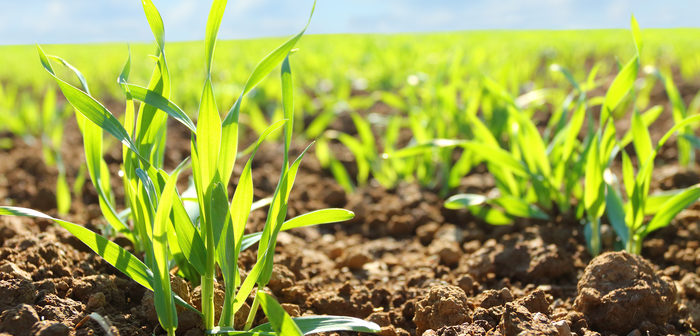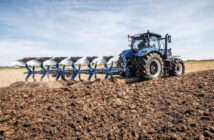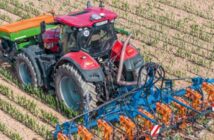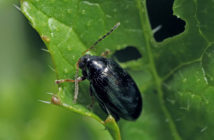Effective use of seed treatments combined with cultural control methods, is the most efficient way to control soil-borne pests, is the key message for growers looking for optimum establishment this autumn.
Before the loss of chlorpyriphos, foliar insecticides offered a level of control for wheat bulb fly (WBF) and wireworm for those not already using seed treatments. Now, with fewer options available than ever, there is a greater reliance on seed treatments to combat these types of pests.
Technical Support for Arysta LifeScience UK & Ireland, Rob Adamson said: “Consistent establishment and even crops are the foundations of a successful harvest. Currently, there is a focus on seed rates, with a lot of care taken to ensure plant populations are optimum.
“The loss of tillers and plants following damage from either WBF or wireworm can un-do this attention to detail, and have an economically damaging impact on the crop as a result. In fact, a single WBF larva will destroy between three and five shoots of a cereal plant.
Initial results from the AHDB autumn wheat bulb fly survey suggest that although a relatively low-risk year for the pest, egg numbers are higher than in 2017, with five of the 14 monitor sites exceeding the 100/m2 seed treatment threshold.
The survey also recommends that seed treatments should be considered for later sown autumn crops, as part of a wider Integrated Pest Management strategy.
Signal® 300ES by Arysta LifeScience is a cypermethrin-based insecticidal seed treatment for wheat and barley with a low-dust formulation. This reduced dust technology not only provides improved environmental benefits, but also benefits seed treaters and drill operators by creating a reduced dust environment when handling the treated seed.
Mr Adamson added: “Targeted insecticides provide the most efficient means of addressing pest pressure by placing active ingredients directly where they are needed. By treating the individual seed rather than the entire field, seed treatments use a lower rate of active ingredient per hectare compared to equivalent foliar sprays.
“Because of this, seed treatments help to play a pivotal role in reducing the overall chemical use-age on farm, targeting pests below the ground in a controlled manner. The unique low-dust formulation of Signal demonstrates Arysta’s commitment to sustainable solutions and operator safety.”
In a bid to reduce blackgrass pressure, choosing to delay drilling combined with bare ground from the early harvest, could increase the pressure from WBF. Where autumn crops are drilled from November onwards, Signal 300 ES provides a level of protection from the hatching larvae in January and February.
“Blackgrass control tactics could also have an impact on wireworm populations. Increased use of rotational grass as a control method incurs a higher pressure in arable rotations from this typically pasture-based pest,” said Mr Adamson.
The AHDB provides guidance on the thresholds for both WBF and wireworm. Seed treatments, combined with cultural control methods such as optimising rotations, cultivations and drilling dates, are seen as best practice in soil-borne pest control.
For more information, visit www.arystalifescience.co.uk or e-mail ukenquiries@arysta.com




